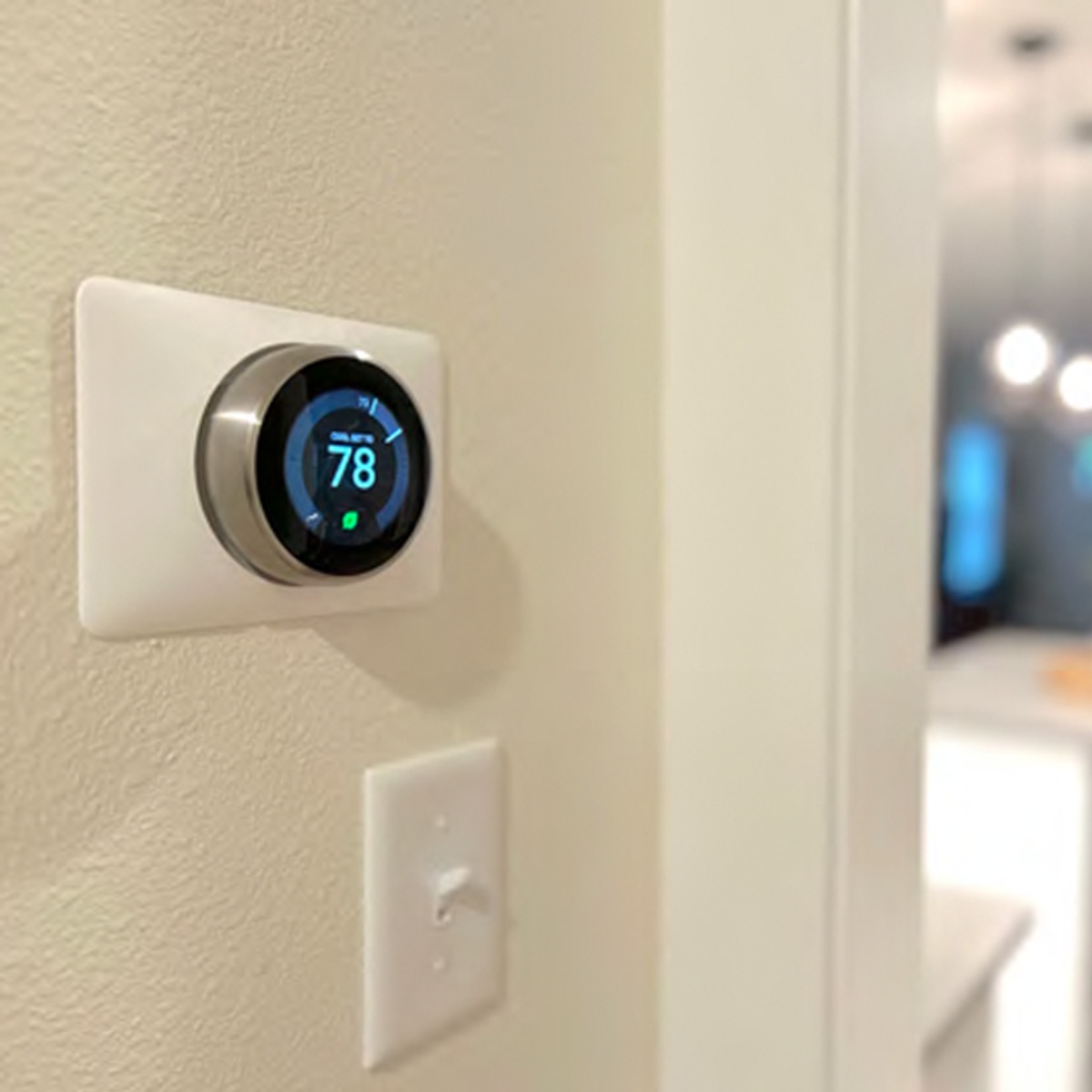Thermostat Optimization: Smart Thermostat Habits Lower Energy Bills
By: Mitch Ross
I’ve been fortunate lately to do several energy-efficiency classes for communities all over Arkansas. I appreciate it when people chime in with questions or comments during the presentations. I’ve noticed that the group always stays quiet until I get to one particular topic. It’s at this point that I see folks start to have input and questions. That topic is thermostats, and how to control them for the best energy savings.
In general, the following tips can help you and your family save energy, especially in the hottest and coldest months when energy bills are at their highest!
Heating Versus Cooling
Keep your thermostat at the lowest comfortable setting possible during the winter months. The U.S. Department of Energy estimates you can save about 1% on your heating bill for each degree you lower the thermostat setting. This will help reduce your HVAC runtime. In the summer, adjust the thermostat to the highest possible comfortable temperature. These comfort ranges vary person to person, but the lower and higher you can make these adjustments, the more you will save. Adopt practices to help widen this temperature split such as dressing warmer in the winter and keeping fans off, and dressing cooler in the summer months and having a fan on when you are in the room.
Don’t Overshoot Set Points
Many think that by overshooting the thermostat set point — turning the thermostat down extra low in the summer or high in the winter — that the home will get to a comfortable temperature faster. This is not how home HVAC systems work, and it causes energy to be wasted. Just set the thermostat to the desired temperature, don’t overshoot it!
Don’t Keep an Empty Home Comfortable
This is a big one and probably the most controversial! There is no reason to keep an empty home comfortable, and doing so increases your energy bills and adds unneeded wear on your HVAC unit. By raising your thermostat by 10 or so degrees over the normal set point in the summer and lowering it by 15 or so degrees in the winter, your family can save money. (The one caveat to this is if you have a heat pump system, in which case, you want to invest in a smart thermostat that is properly programmed before adopting this practice in the winter to not engage the expensive auxiliary heat unnecessarily.)
By paying a little extra attention to your thermostat habits and settings, you can see real energy savings and reduce your bills in those highest months!
Mitch Ross is the energy efficiency manager for the Electric Cooperatives of Arkansas.

